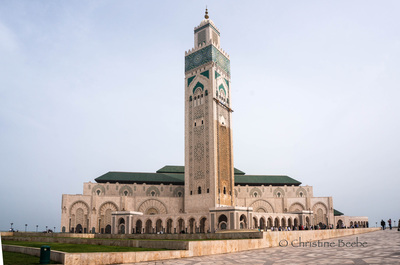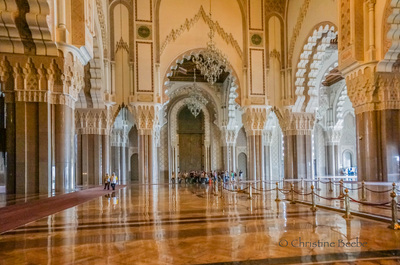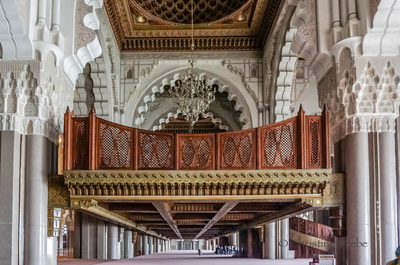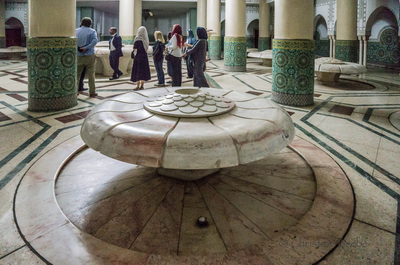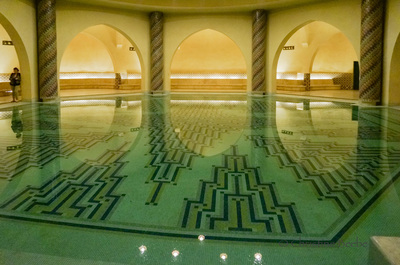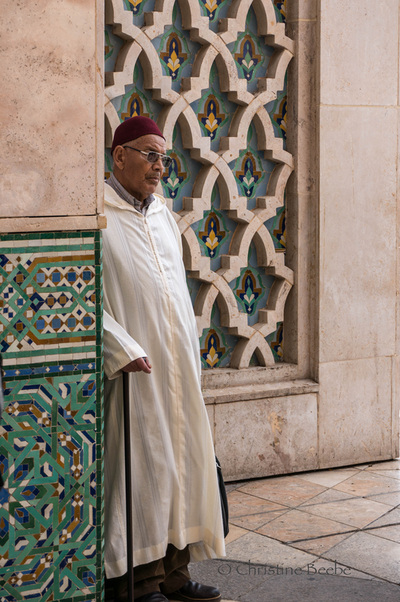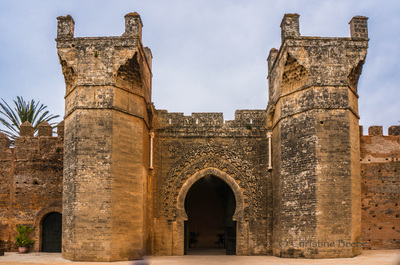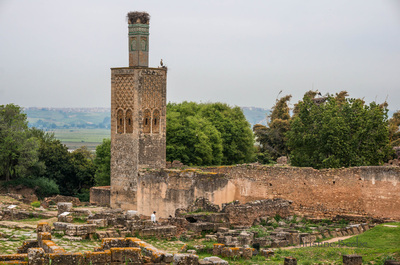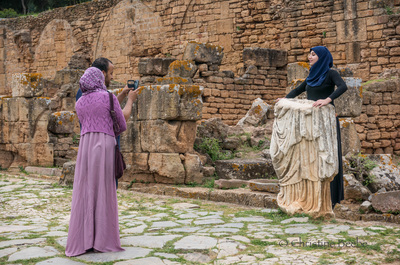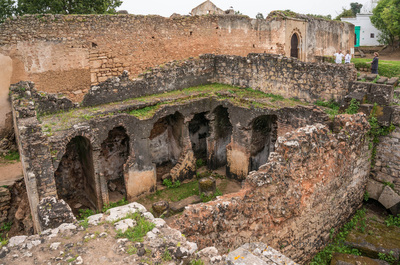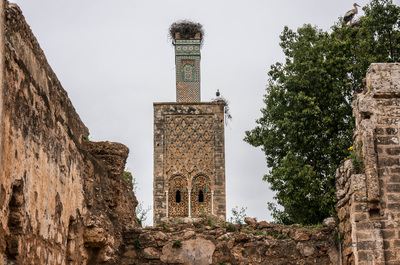Morocco
المغرب
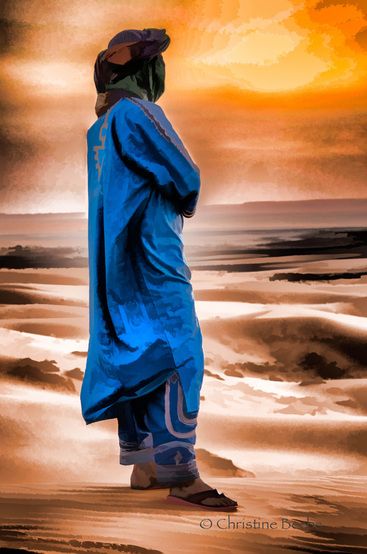
A stunningly beautiful land of intrigue and mystery, timeless traditions and startling contrasts, Morocco is a rich mosaic of African, European and Arabic cultural influences.
It's a place of sultans and moulays, Berber tribes and nomads. There are palaces, crenelated crumbling kasbahs and camels, fertile green valleys, date palm oases springing from red rock canyons, and the endless rolling dunes of the Sahara.
Here, mosques co-exist with synagogues and Christian churches,
It's a place of sultans and moulays, Berber tribes and nomads. There are palaces, crenelated crumbling kasbahs and camels, fertile green valleys, date palm oases springing from red rock canyons, and the endless rolling dunes of the Sahara.
Here, mosques co-exist with synagogues and Christian churches,
|
Itinerary Overview Days 1-2 Casablanca & Rabat Days 3-5 Chefchaouen Days 6-10 Fes Days 11-15 Sahara & Great Oasis Valleys Days 16-19 Marrakech Days 20-22 Essaouira & Casablanca |
My 24-day journey began in Casablanca and followed a clockwise route north into the Rif Mountains for 3 days in the fairytale blue town of Chefchaouen. Then five days in Fes, the oldest of the Imperial cities with its UNESCO medina that's the world's largest active medieval walled town, and excursions to the Roman ruins at Volubilis and Sultan Ismail's 11th century city of Meknes. After crossing the Atlas Mountains, we came to the vast Sahara, sleeping under the stars and riding camels to witness the sunrise over the dunes. Then on into the land of the nomads, the Great Oasis Valleys with magnificent kasbahs, spectacular gorges, date palm oases and amazing geologic formations. Getting to Marrakech meant crossing the highest mountain pass in North Africa, the infamous Tizi-N-Tichka Pass over the High Atlas, not for the faint of heart. Then four days in legendary Marrakech and two in the walled whitewashed seaside city of Essaouira. My three companions and I had our own private vehicle and Berber driver for the entire trip, every detail of which I customized and arranged with the expert assistance of a small Moroccan tour company. |
|
Casablanca الدار البيضاء
This big sprawling city looks nothing like the North African port town of Bogart and Bergman fame (perhaps rendering it in black and white with a soft focus might actually improve things a bit). Casablanca is the commercial and financial center of Morocco, and with over 4 million inhabitants, it's one of the largest cities in Africa. It's a modern city displaying few relics from its past, and from a visitor's perspective, mostly useful for sleeping off arrival jet lag, then seeing one of the world's largest mosques on the way out of town. Here's looking at you (briefly), Casablanca! |
|
|
Streets are well-maintained in the city, and traffic moves along in a mostly orderly fashion, with laws similar to those in the US: seat belts are required, speed limits are enforced, and talking on a cell phone while driving is prohibited. Traffic cops are stationed at frequent intervals, but can often be bribed (e.g., "I was talking to my mother on the phone!"). It was interesting to observe that while many streets in Casablanca are logically named for Moroccan rulers, others were given names such as "Boulevard Kennedy" and "Boulevard Ghandi. |
The Hassan II Mosque was named after the former king of Morocco, and stands conspicuously on a promontory over the Atlantic Ocean. This is the second largest religious building in the world after the mosque in Mecca, holding 25,000 worshippers and featuring a 210-meter minaret that’s the world’s tallest, topped with twin laser beams shining 20 miles at night towards Mecca. Completed in 1993, construction cost $800 million, and every family in Morocco was required to contribute financially. While the vast majority of mosques are off-limits to non-Muslims, visitors of all faiths are allowed to enter during specific non-worship hours.
|
Rabat الرباط
Driving north along the Atlantic, we head for Rabat, the capital of the kingdom of Morocco. Rabat is a beautiful clean city and all foreign embassies are located here, and we drive past many of them along wide tree-lined avenues and green spaces. We meet our historical guide at the huge ancient gate leading into an evocative place of excavated ruins called the Chellah. As early as 8 BC, this was a trading post between the locals and the Phoenicians, until the Romans moved in and built their city here in the 1st century. At this time Morocco was called Mauritania, the origin of the name “Moors.” |
In 1755 a huge earthquake struck in Portugal, creating a tsunami that wiped out much of Rabat, its huge defensive wall, and the Chellah. Not until the 1920’s did archaeologists discover the Roman ruins buried here and begin excavation. We wander the grounds of this magical place of arches, fallen columns, beautiful wild gardens, and huge white storks flying overhead who’ve build massive messy nests of sticks atop the walls and even on the old minaret. |
To be continued . . . much more to come!



